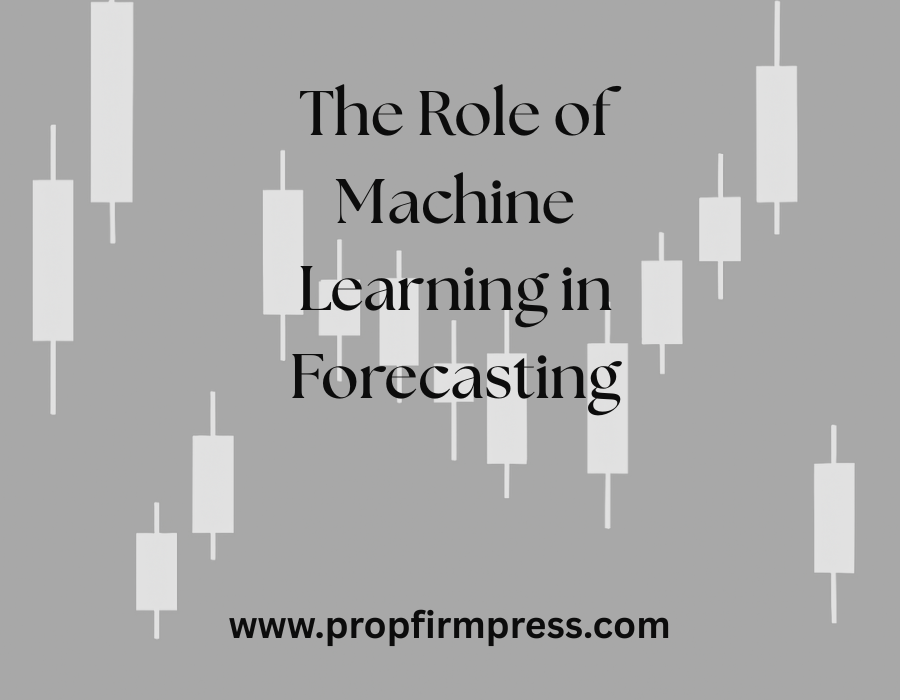The Role of Machine Learning in Forecasting
Forecasting has been a cornerstone of strategic planning across various industries, ranging from finance and retail to weather prediction and supply chain management. Traditionally, forecasting relied heavily on statistical methods and human expertise. However, with the advent of machine learning (ML), this landscape has transformed dramatically. Machine learning, a subset of artificial intelligence, empowers systems to learn from data, identify patterns, and make informed predictions, often with unmatched accuracy and efficiency.
Understanding Machine Learning in the Context of Forecasting
Machine learning algorithms analyze extensive datasets to discover complex trends that may not be evident through conventional analytical techniques. Unlike static statistical models, ML models can adapt to new data, improve performance over time, and handle vast amounts of unstructured data. This ability makes ML exceptionally suited for forecasting problems where patterns are intricate and evolve rapidly.
Forecasting using ML typically involves supervised learning algorithms such as regression models, decision trees, support vector machines, and neural networks. These models are trained on historical data where outcomes are known, learning to map input variables to future events or values. This learning process enables automated forecasting that can uncover subtle correlations and nonlinear relationships within data.
Applications of Machine Learning in Forecasting Across Industries
Machine learning has transformed forecasting applications in numerous sectors. In finance, ML algorithms analyze market data, news sentiment, and economic indicators to predict stock prices and market trends. These models outperform traditional methods by factoring in vast quantities of real-time information, adapting as market conditions shift.
Retail businesses utilize machine learning to forecast inventory demand, optimizing stock levels and reducing waste. By analyzing sales history, seasonal trends, and consumer behavior patterns, ML helps companies better align supply with expected demand, thus improving efficiency and profitability.
Weather forecasting has significantly benefited from ML, incorporating satellite imagery, sensor data, and atmospheric readings to generate more accurate predictions. Models such as convolutional neural networks can identify weather patterns to forecast storms or temperature changes with increased precision.
Advantages of Machine Learning Over Traditional Forecasting Methods
One of the most significant benefits of machine learning in forecasting lies in its ability to handle high-dimensional data. Traditional forecasting often requires manual feature selection and relies on assumptions about data distribution, which may not hold in complex real-world scenarios. ML models, on the other hand, efficiently capture intricate relationships without exhaustive human intervention.
Additionally, machine learning models can continuously update themselves as new data becomes available, making them highly adaptable in dynamic environments. This feature is particularly advantageous in sectors where conditions change rapidly, such as stock markets or consumer trends.
ML also enhances forecasting speed. Automated processing of massive datasets allows for near-real-time predictions, enabling quicker decision-making. This rapid feedback loop is essential for industries seeking to maintain competitive advantages through timely insights.
Challenges and Limitations of Machine Learning in Forecasting
Despite its potential, machine learning in forecasting is not without challenges. The quality of forecasting is highly dependent on the quality and quantity of the data available. Poor or biased data can lead to inaccurate predictions, undermining trust in ML systems.
Another obstacle is the interpretability of ML models. Complex algorithms like deep neural networks, while powerful, often operate as “black boxes” with limited transparency in how decisions are made. This lack of explainability may pose problems in industries where understanding model reasoning is crucial, such as healthcare or finance.
Furthermore, ML forecasting requires substantial computational resources and skilled personnel to develop, maintain, and validate models. Smaller organizations might find these requirements prohibitive without proper investment.
Future Trends: Enhancing Forecasting with Machine Learning Innovations
Ongoing research and development promise to address many current challenges, expanding the role of machine learning in forecasting. Hybrid models that combine ML with traditional statistical methods aim to improve accuracy while enhancing interpretability.
Explainable AI (XAI) techniques are increasingly being integrated into forecasting models to make the decision-making process more transparent. This trend will likely boost user confidence and facilitate wider adoption in regulated industries.
Advancements in automated machine learning (AutoML) are lowering barriers to entry, enabling more organizations to deploy forecasting models without extensive in-house expertise. Coupled with continual improvements in data collection through IoT and big data technologies, the accuracy and applicability of ML-driven forecasting will likely surge.
Best Practices for Implementing Machine Learning in Forecasting
Successful implementation of machine learning for forecasting requires a strategic approach. First, it’s vital to ensure access to high-quality and relevant data, which may involve aggregating data from multiple sources and performing rigorous cleaning and preprocessing.
Choosing the right ML algorithm depends on the specific forecasting problem and domain. Experimentation with a variety of models and evaluation against appropriate metrics is essential for achieving optimal performance.
Involving domain experts throughout the development process can enhance model relevance and interpretability. Their insights help refine data features, model assumptions, and ensure that forecasts align with practical knowledge.
Finally, continuous monitoring and retraining of ML models are crucial. Data distributions can drift, and market or environmental conditions can change, necessitating regular updates to maintain forecast accuracy.
As machine learning continues to evolve, it is becoming an indispensable tool for organizations looking to refine their forecasting capabilities and make more informed decisions based on data-driven insights.
Ready to sharpen your strategy? Gain instant access to Scalping VIP today.
